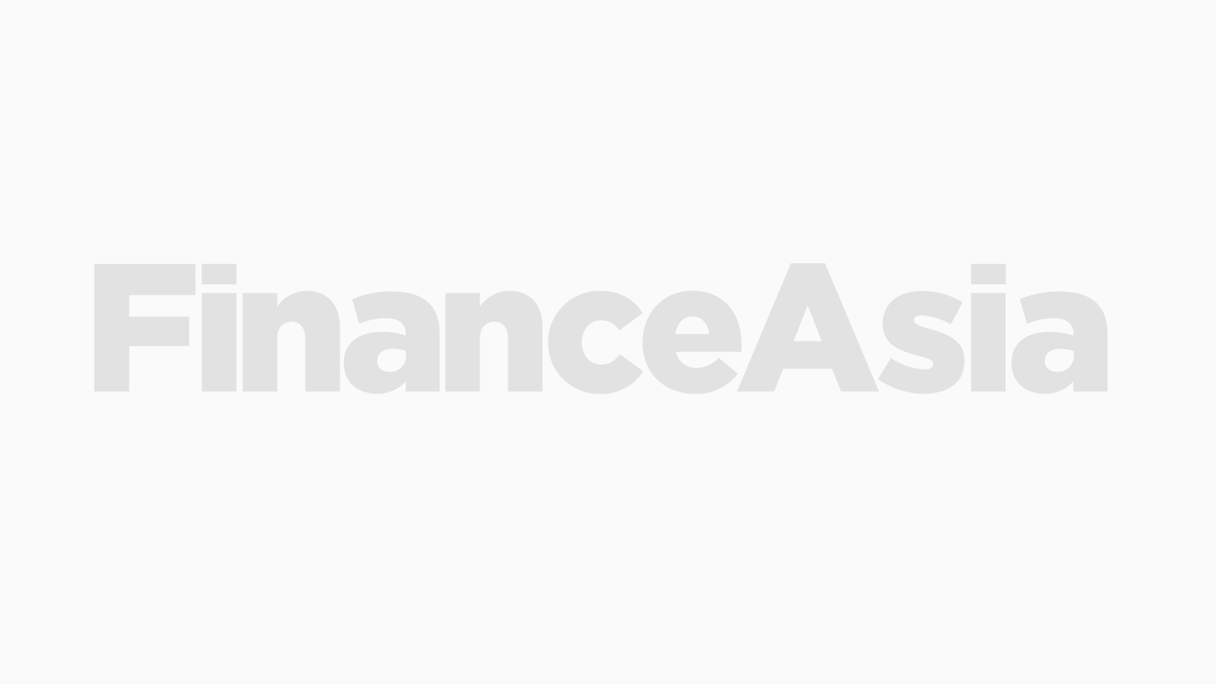A new subordinated dollar bond offering was priced yesterday (Tuesday) for KorAm Bank. Led by Salomon Smith Barney, the $200 million 10 non-call five lower tier 2 transaction was priced at par with a coupon of 5.64% to yield 260bp over Treasuries.

A new subordinated dollar bond offering was priced yesterday (Tuesday) for KorAm Bank. Led by Salomon Smith Barney, the $200 million 10 non-call five lower tier 2 transaction was priced at par with a coupon of 5.64% to yield 260bp over Treasuries.
Free Registration & 7-Day Trial
Register now to enjoy a 7-day free trial - no registration fees required. Click the link to get started.
Note: This free trial is a one-time offer.
Questions?
If you have any enquiries or would like a quote for a team or company licence, please contact us at [email protected]. Our subscription team will be happy to assist you.